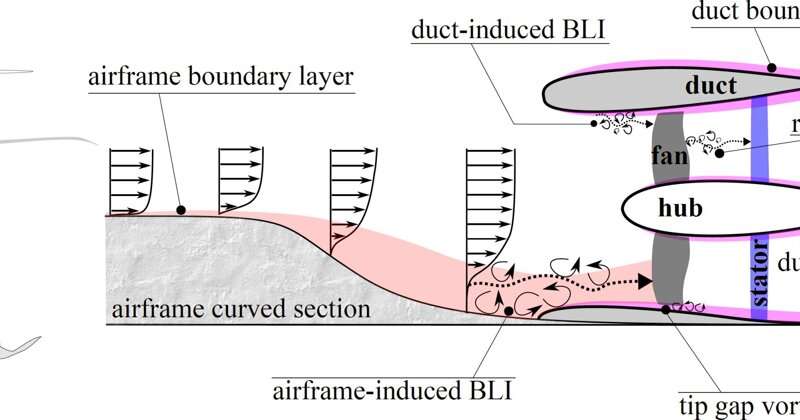Best of Last Week—When cosmic rays streamed through the atmosphere, silent flight, end of vaccine boosters possible

It was a good week for space research as a team with members from several institutions across the U.S. studying data from the James Webb Space Telescope pinpointed a possible aurora on a cold brown dwarf caused by methane emissions. The finding was surprising because the dwarf was so cold and isolated. A team of researchers at The European Geosciences Union General Assembly found evidence that cosmic rays streamed through Earth's atmosphere 41,000 years ago. By studying radionuclides in ice and marine sediment, they found isotopes that are produced through the interaction between cosmic rays and Earth's atmosphere. And an international team studying Fermi Gamma-ray Space Telescope data related to a 2023 supernova near the Pinwheel galaxy were surprised to find an absence of gamma rays.
In technology news, a team of materials scientists at the Korea Advanced Institute of Science and Technology developed a sodium battery capable of rapid charging in just a few seconds. And a team of engineers at the University of Queensland outlined a proof of concept for a nanogenerator that turns CO2 into sustainable power. Also, a team of aerospace engineers at the University of Bristol found evidence that silent flight is edging closer to reality—new engine designs that use boundary-layer-ingesting fans may use less energy and operate silently. And Microsoft teased consumers with hints at the development of lifelike avatar AI technology, but gave no release date
In other news, medical researchers at Virginia Tech induced immune cells to fight cancer by activating and then reprogramming them. Also, a team of sociologists at the University of Michigan found evidence that students with surnames that come later in the alphabet regularly receive lower grades from their teachers. And finally, a team of medical researchers at the University of California, Riverside, demonstrated a new, RNA-based vaccine strategy effective against any strain of a virus. The resulting vaccines are safe even for babies or the immunocompromised.
© 2024 Science X Network